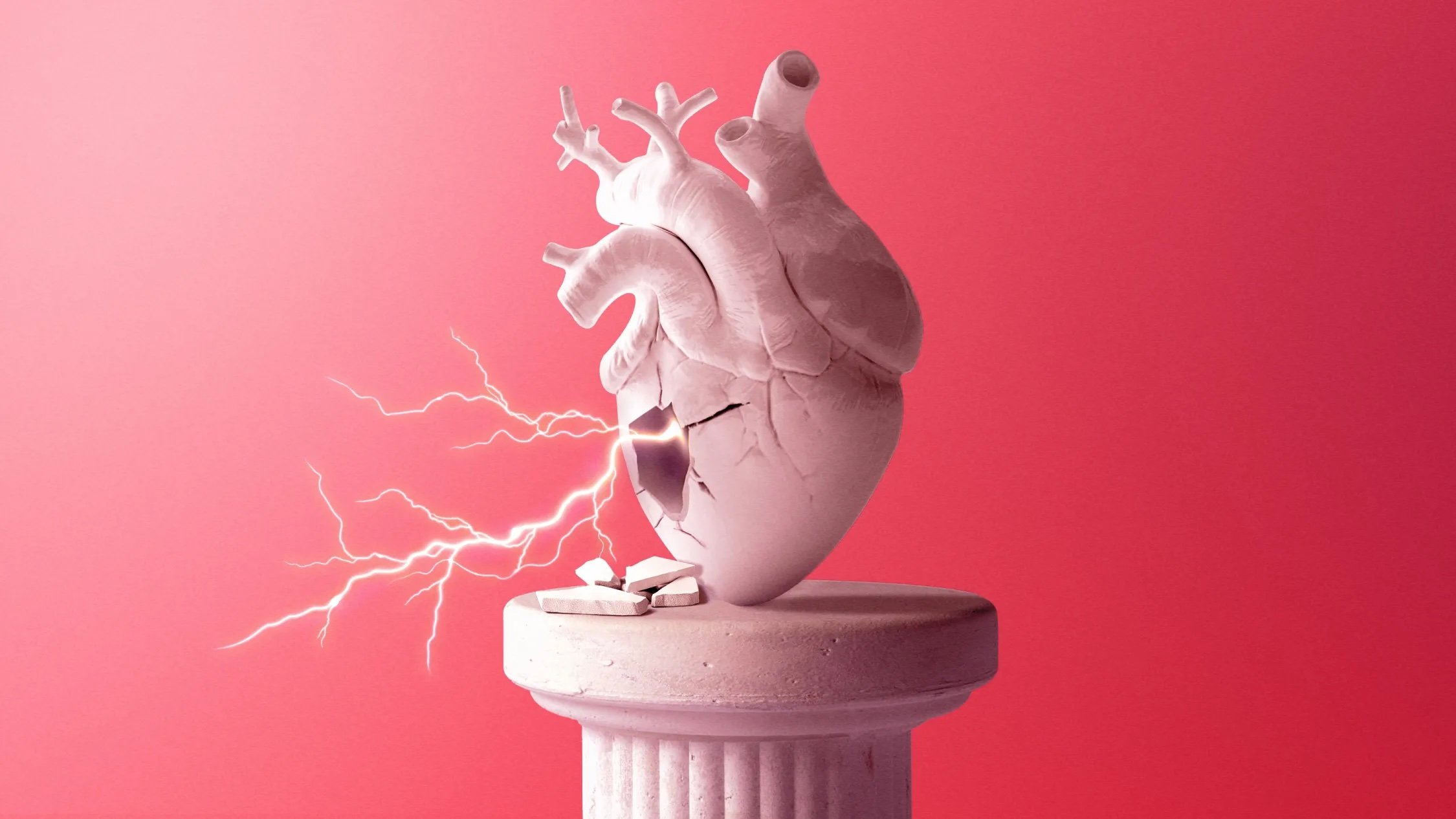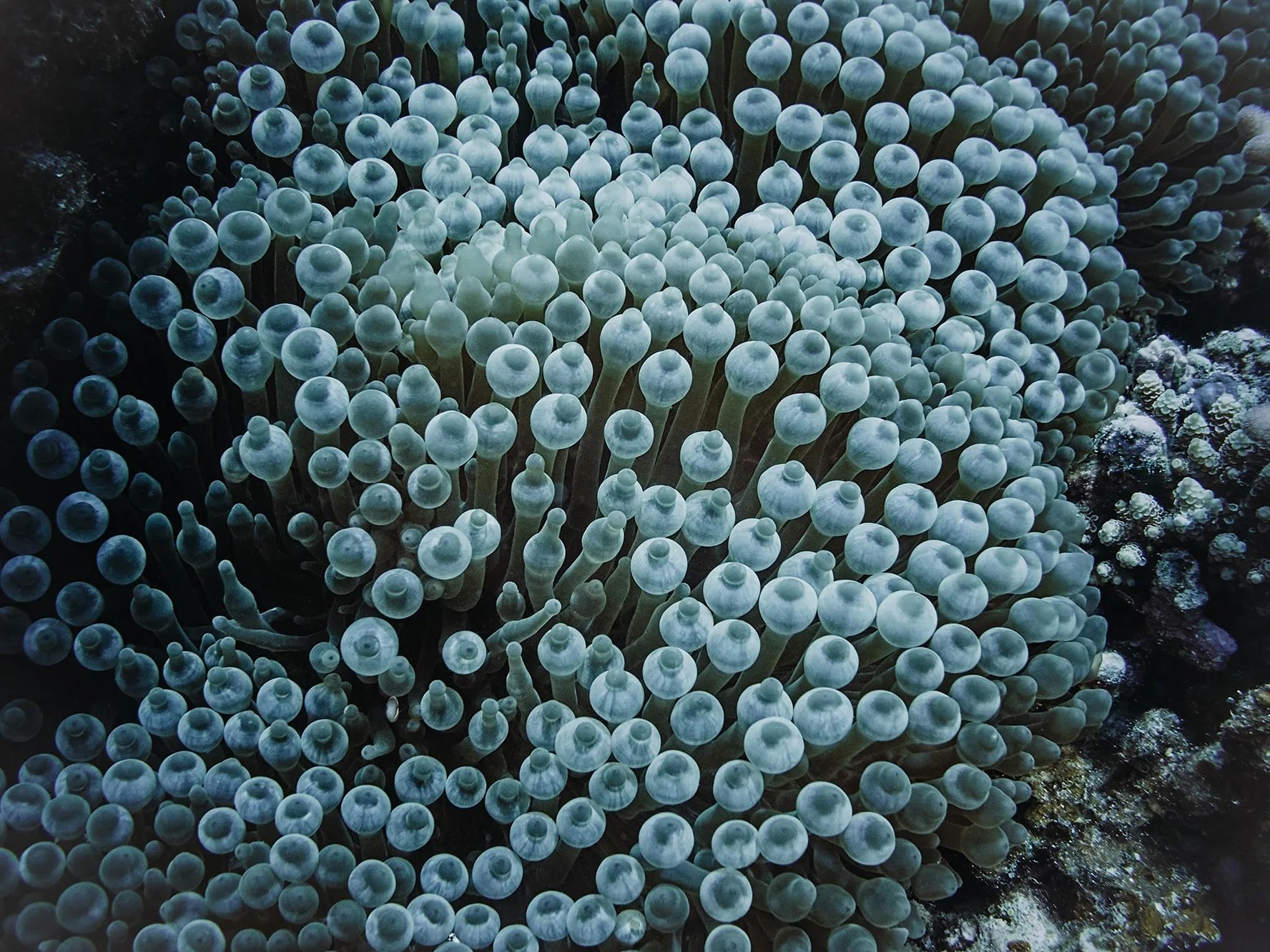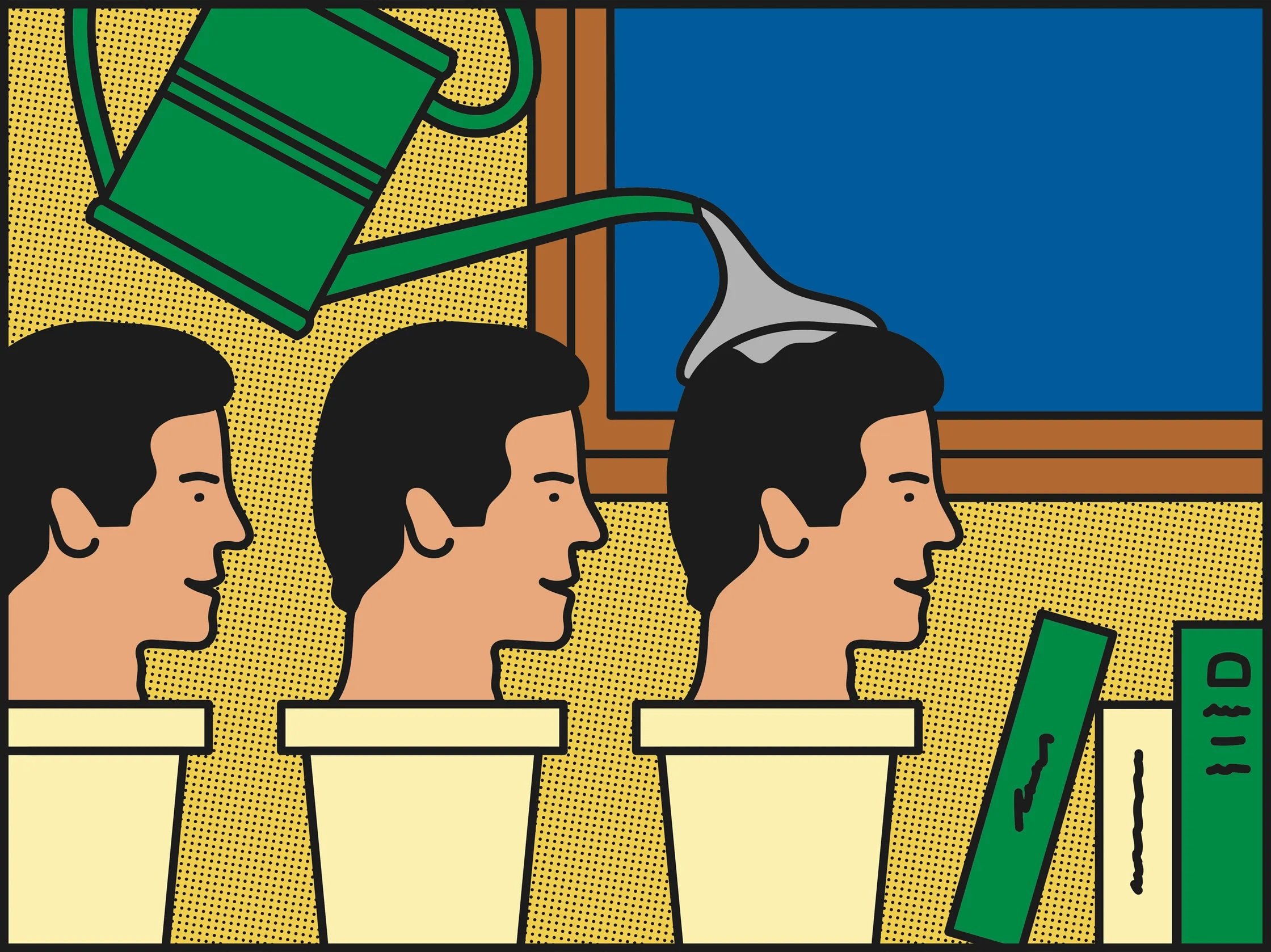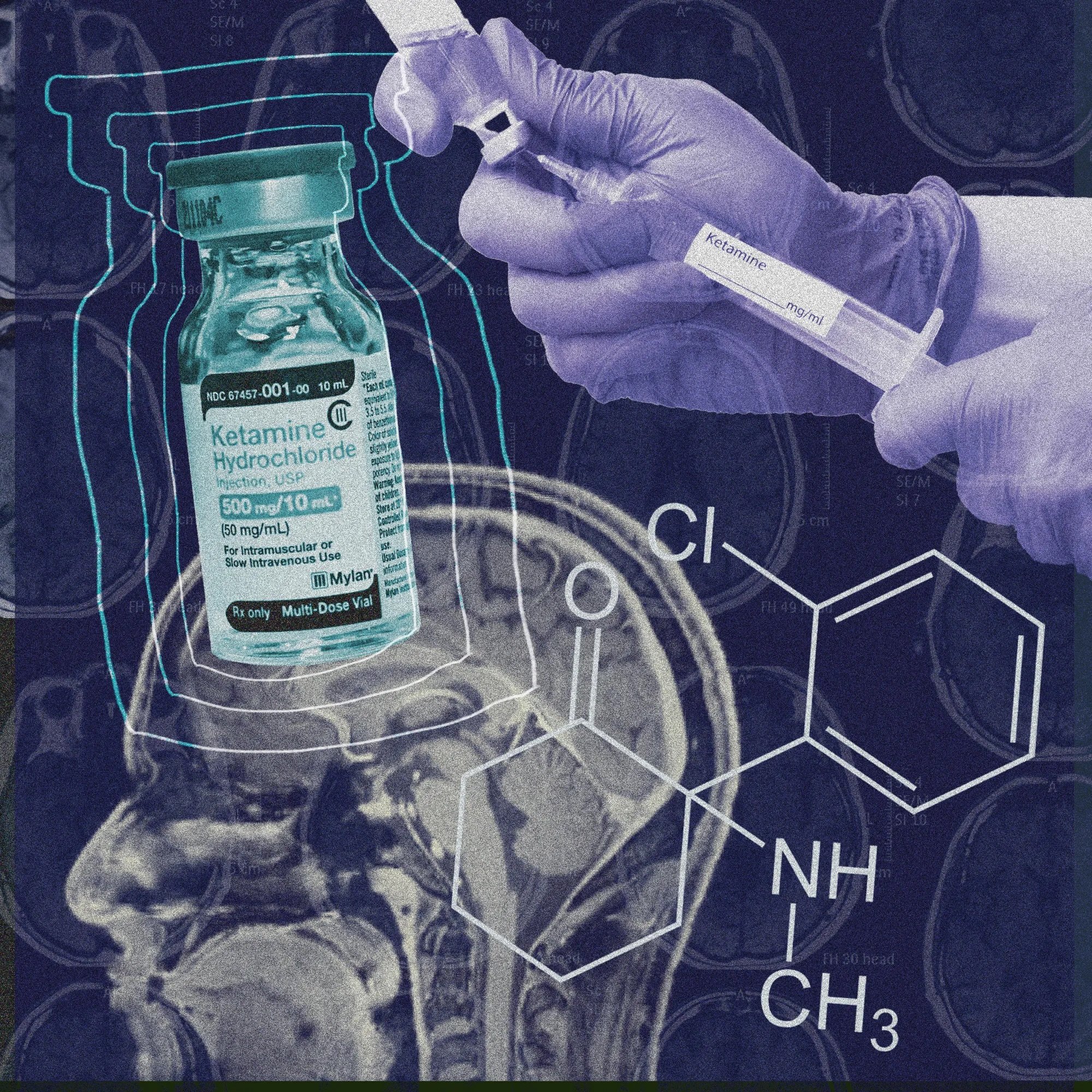The Arrhythmia of our Current Age
The rhythms of life seem off. Can we restore a steady beat?
MORE STORIES IN MIT TECH REVIEW →Stolen Words: COVID, Ketamine, and Me
A Vanity Fair contributor’s encounter with psychedelics helped him emerge from a pandemic brain fog that had snatched away his ability to write.
MORE STORIES IN VANITY FAIR →The Next Climate Change Calamity?
We’re Ruining the Microbiome, According to Human-Genome-Pioneer Craig Venter
MORE STORIES IN VANITY FAIR →The Next Best Version of Me: How to Live Forever
Researchers want to synthesize an optimized human genome that can be stored indefinitely and grown decades from now. So I volunteered mine.
MORE STORIES IN WIRED →The 1000 Faces of George Church
He's Everywhere—a Harvard geneticist whose science fiction visions of the future tend to become real: an essay and Q&A with George Church discussing his hopes and fears for the future.
MORE FUTURE COLUMNS ON SUBSTACK >Ketamine’s Long, Strange Trip
The Cred of This Miracle Med Has Gotten Murkier and, Somehow, More Promising
MORE STORIES IN VANITY FAIR →How Science Can Build a Better You
How far would you go to enhance yourself using the latest medical technology?
NEW YORK TIMES
How Long Do You Want to Live?
What’s real and what’s not about scientists attempting to extend lifespan—and what would it mean if they succeed?
NEW YORK TIMES
A Little Device That’s Trying to Read Your Thoughts
iBrain is a headband with sensors that read brainwaves and turn them into speech, potentially unlocking the thoughts of patients like Stephen Hawking who can’t speak
NEW YORK TIMES
On a Mission to Sequence the Genomes of 100,000 People
Harvard geneticist George Church has co-founded or advises some 22 businesses that focus on things like synthetic biology, genetic sequencing and providing genetic testing to consumers…
NEW YORK TIMES
Enlisting Computers to Unravel the True Complexity of Disease
Eric Schadt is one of a handful of scientists blending mathematics, biology and supercomputers to pursue a new understanding of human biology…
NEW YORK TIMES











